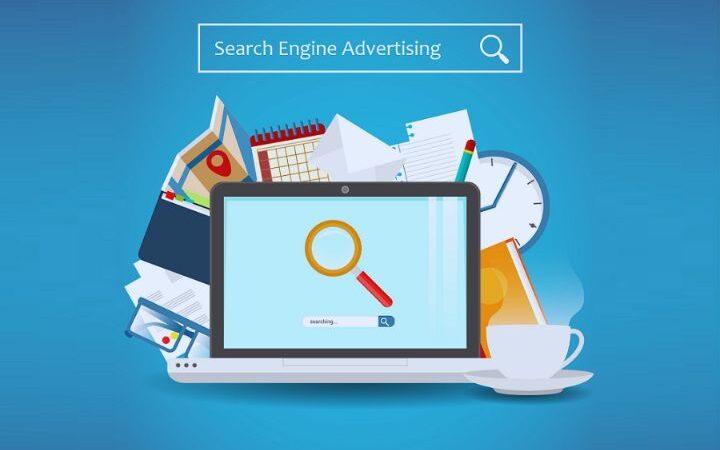What Are The Reasons For Not Getting Enough Traffic To Your Website?

Quality traffic is made up of users who, after visiting your website, move through the conversion funnel: they sign up for the newsletter, ask questions, are interested in your services and, finally, buy and gain loyalty. Not all visits translate into real interest in the brand.
Once a website sees the light, it is not only important that it receives visits, but that they are from the right people. No web marketing plan bypasses Google Analytics traffic statistics.
Table of Contents
What Are The Common Failures For Not Getting Enough Traffic?
For Not Listening To Audience
Social listening on the Internet can be developed at different levels. First, searches on Facebook, Twitter, Reddit, Quora or specialized forums, using the appropriate filters and keywords, can provide very valuable information on the latest problems that the target audience is encountering and offer solutions in the opportune moment.
Knowing the brand’s target audience (well) is a cornerstone of marketing strategy, not just digital. This implies putting yourself in their shoes and for this it is necessary to start by listening. The most effective content to attract quality traffic are those that respond to the problems that potential consumers encounter.
Other monitoring tools on social networks such as Mention.net or Hootsuite allow you to obtain even more results. Likewise, Google alerts can also provide valuable information on published information about a topic or keyword.
Oftentimes, this strategy leads to positioning on long-tail keywords, that is, the longest search terms, which generate a lower volume of traffic but usually of higher quality.
Underestimating the Importance of images
Another common practice that prevents a website from attracting quality traffic is to believe that the content is limited to the text. No one doubts that good writing is essential, but it is not the only thing that adds value.
Internet is a very visual channel in which the first impacts are essential. The reader’s eyes will go first to the titles and images. When the copywriter lacks good resources to illustrate what he has written and looks for generic filler images, he is missing an opportunity to attract quality traffic.
For example, this article offers a text with useful information about stress that could be more valuable if the choice of image had been more careful. The editor chose a photo with a width of 425 pixels; that is, too small to publish on the web. It does not add value to the content and it is appreciated that it does not have sufficient quality.
Generating Too Many Expectations With Titles
On the Internet, misleading content abounds, that is, they generate expectations (especially with the title) that they do not meet later. In the most obvious cases, this is known as clickbait. There are many websites that are only looking to get users to click through to their content, even if they are later disappointed and left dissatisfied. However, it is an increasingly penalized practice and it will not help a brand at all.
It is necessary to take care that the bounce rate should not be too high when analyzing web traffic. The bounce rate refers to the proportion of visitors who enter the website, consult a single page, leave without interacting and do not return. When optimizing SEO, the most appropriate keywords are searched and included in the titles, but the work does not stop there.
The second part consists of generating quality content, with writers specialized in the subject they are writing about, that responds to those titles. A high bounce rate, in addition to generating dissatisfied visitors who do not convert, is a penalty in Google’s algorithm.
Abusing The Perishable Content
Taking advantage of certain dates such as Christmas or Black Friday can be interesting in some sectors, there is no doubt about that. The weak point that can prevent you from attracting quality traffic is basing your entire content strategy on specific calendar dates.
If almost all your blog and social media posts revolve around the promotion of the moment, you can generate an impact in the short term. But as quickly as they arrive, visitors can leave. They may sign up for a one-off promotion, but if what comes next doesn’t interest them or is repetitive, their interest will lose steam.
Lasting content is what maintains its value over time. It does not rely solely on passing fads or current trends. A good way to identify it is to check which articles stay in the top positions of the Google SERP for several months for certain searches.
Sometimes this content is supported by lists of tips or good practices (five tricks to save water at home, eight dishes that you can cook the day before…). This format is particularly attractive to the reader due to its ease of reading. There is no problem in using it, but it should not be abused and in these types of articles it is especially important to ensure that the title does not generate any false expectations. Some clickbait articles have this same structure, so Google algorithms and some readers will examine the content with a magnifying glass.






